I am not from Electrical Engineering background and so, does not have much idea about how energy power meters work.
I want to measure electrical power usage of a three-phase induction motor. So, I need three CT sensors and three PT sensors to collect the current and voltage readings from the power transmission line from which the induction motor is taking power. And then, using that current and voltage readings, I have to measure how much power the Induction Motor is using? Is that correct? Actually, I am confused because, when I asked the manufacturer to provide me all the instruments needed to measure electricity usage, they gave me only three CT and one PT sensors. Can any body please explain to me how the CT & PT sensors are used to measure electricity usage data (may be with a simple diagram). I just want to understand how current and voltage data are collected. The electrical power usage calculation I can do by myself. Thanks in advance.

